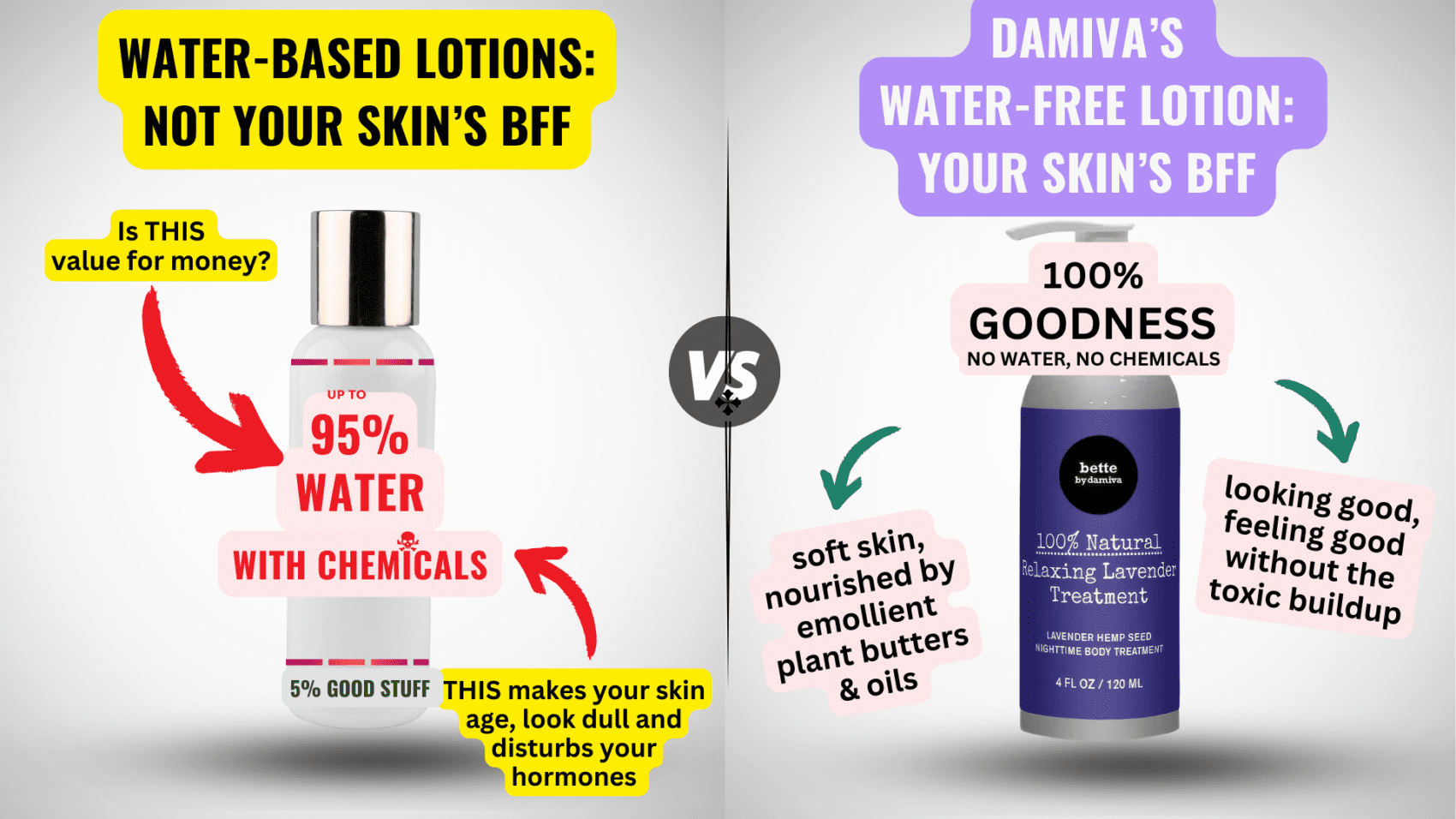Progesterone and Its Importance
Progesterone is a pivotal hormone in the reproductive system, produced primarily by the ovaries, adrenal glands, and the placenta during pregnancy. Its significance extends beyond mere participation in the menstrual cycle; it is essential for preparing the uterine lining for pregnancy and supporting early gestation. Progesterone’s influence is also observed in preventing ovulation during pregnancy and is implicated in the regulation of milk production during breastfeeding.
Progesterone’s Role in Menstrual Health
The menstrual cycle is a complex interplay of hormones, with progesterone playing a crucial role in the latter half, known as the luteal phase. After ovulation, progesterone works to thicken the endometrium, creating a nurturing environment for a potential fertilized egg. If pregnancy does not occur, progesterone levels drop, leading to menstruation. Conversely, insufficient progesterone levels can disrupt this cycle, leading to difficulties in conception and maintaining a pregnancy.
Progesterone’s Decline with Age and Menopause
As women age and transition into menopause, progesterone levels decline sharply. This hormonal shift can lead to a range of menopausal symptoms, including hot flashes, night sweats, and mood swings. The balance between progesterone and estrogen is vital; a decrease in progesterone relative to estrogen can exacerbate these symptoms and contribute to the discomfort experienced during menopause.
Overview of Progesterone Creams
Progesterone creams have emerged as a form of hormone replacement therapy (HRT) to alleviate symptoms associated with menopause and other hormonal imbalances. These creams, which can be either prescribed or purchased over-the-counter, are typically derived from plant sources like wild yams and soybeans. However, the efficacy and safety standards for these creams are not as rigorously regulated as prescription drugs, since they are classified as cosmetics. Despite this, they are used to treat a variety of conditions, including menopausal symptoms, preterm delivery risks, and even skin aging. It is crucial to use progesterone creams under medical supervision to monitor their effects and adjust treatment as necessary.
Natural vs. Synthetic Progesterone Creams
Defining Natural Progesterone Cream
Natural progesterone cream is a form of hormone replacement therapy that contains progesterone identical to the hormone produced by the human body. It is derived from plant sources such as wild yam or soybeans, where the plant sterols are chemically converted to progesterone in a laboratory setting. This bioidentical hormone is then incorporated into a cream base, allowing for topical application and absorption through the skin.
The Drawbacks of Synthetic Progestins
Synthetic progestins, while designed to mimic the effects of natural progesterone, are not identical to the body’s own hormone. They can produce a range of side effects, including dizziness, bloating, mood swings, and an increased risk of blood clots. Additionally, studies have linked synthetic progestins to an increased risk of breast cancer, particularly when combined with estrogen in hormone replacement therapy.
Comparative Absorption and Efficacy
When comparing natural progesterone cream to synthetic progestins, one must consider their absorption and efficacy. Natural progesterone cream is absorbed through the skin and directly into the bloodstream, bypassing the liver and reducing the risk of metabolic byproducts. This method of delivery may result in more consistent blood levels of the hormone. In contrast, synthetic progestins taken orally are metabolized by the liver, which can lead to variable blood levels and increased side effects.
Historical Development of Progesterone Products
The development of progesterone products has evolved significantly over time. Initially, progesterone was isolated from animal sources, but the doses required for therapeutic effects were impractically high. The breakthrough came with the synthesis of progesterone from plant sterols, which allowed for more practical applications. Over time, the focus shifted towards creating formulations that mimic the body’s natural hormones, leading to the development of bioidentical progesterone creams. Despite this, synthetic progestins became widely used, particularly in oral contraceptives and hormone replacement therapies. However, growing concerns over their side effects have renewed interest in natural progesterone as a safer alternative.

THEN IT CONTAINS TOXIC CHEMICALS. WHY RISK IT GETTING SICK? GO CHEMICAL FREE.
Health Benefits of Natural Progesterone Cream
Alleviating Menopause Symptoms
One of the primary uses of natural progesterone cream is to alleviate symptoms associated with menopause. As women approach menopause, levels of progesterone and estrogen decline, leading to a range of uncomfortable symptoms such as hot flashes, night sweats, mood swings, and vaginal dryness. Applying natural progesterone cream can help to balance hormone levels and reduce the severity of these symptoms. While the effectiveness of progesterone cream for menopause relief has been debated, many women report significant improvements in their quality of life when using the cream as part of their hormone replacement therapy.
Enhancing Fertility and Preventing Miscarriages
Progesterone plays a crucial role in maintaining pregnancies. Low levels of progesterone can prevent conception or lead to miscarriages. Natural progesterone cream may be used to enhance fertility by optimizing progesterone levels, thereby supporting the endometrium and creating a conducive environment for a fertilized egg to implant and grow. However, it is important to consult with a healthcare provider before using progesterone cream for fertility, as the data on its effectiveness is limited and individual needs may vary.
Treatment for Fibroid Tumors
Fibroid tumors, which are non-cancerous growths in the uterus, can cause significant discomfort and reproductive issues. Some evidence suggests that natural progesterone cream may help in the management of fibroid symptoms by opposing estrogen’s proliferative effects on the uterine lining. This can potentially reduce the size and impact of fibroids, although more research is needed to fully understand the treatment’s efficacy.
Managing Endometriosis
Endometriosis is a painful condition where tissue similar to the lining of the uterus grows outside the uterine cavity. Progesterone cream may assist in managing endometriosis by counteracting estrogen’s effects, which can stimulate the growth of endometrial tissue. By promoting a progesterone-dominant environment, the cream may help to reduce inflammation and the formation of new endometrial lesions.
Balancing Hormones and PMS Relief
Progesterone cream is also used to balance hormones in women experiencing premenstrual syndrome (PMS). Symptoms of PMS, such as mood swings, bloating, and breast tenderness, are often linked to a hormonal imbalance, particularly an excess of estrogen relative to progesterone. By applying natural progesterone cream, women may find relief from PMS symptoms as the hormonal balance is restored. It’s important to note that while many women report positive effects, individual responses to progesterone cream can vary, and proper dosage and application are crucial for achieving the desired outcomes.
In conclusion, natural progesterone cream offers a range of potential health benefits, particularly for women navigating the challenges of menopause, fertility, fibroids, endometriosis, and hormonal imbalances. However, it is essential to approach the use of this cream with caution, under the guidance of a healthcare professional, and with an understanding of the individualized nature of hormone therapy.
Application and Dosage Guidelines
Optimal Application Practices
When using natural progesterone cream, it is essential to apply it correctly to maximize absorption and effectiveness. The cream should be applied to areas of the body where the skin is relatively thin and well-vascularized, such as the face, hands, chest, breasts, abdomen, inner arms, and inner thighs. These areas allow for quick absorption and direct transport to the necessary receptor sites. To prevent skin irritation and ensure consistent absorption, it is recommended to rotate the application site daily. Additionally, the cream should be used according to the menstrual cycle or, for menopausal women, based on the calendar month to mimic the body’s natural hormone rhythms.
Dosage Recommendations for Various Conditions
- PMS: If menstruating, apply one-quarter teaspoon of cream at night or twice a day, starting two weeks before the expected period and discontinuing when menstruation begins.
- Pre-menopause: For estrogen-progesterone imbalance symptoms, use one-quarter teaspoon twice daily from day 8 to day 26 of the menstrual cycle.
- Menopause: If not menstruating, apply one-quarter teaspoon twice daily for 25 consecutive days each month, starting on the first day of the month, followed by a 5-6 day break.
It is important to note that individual needs may vary, and dosages should be adjusted accordingly under the guidance of a healthcare provider.
Importance of Hormone Level Testing
Before starting natural progesterone cream, it is crucial to have hormone levels tested to determine if progesterone supplementation is necessary. Hormone level testing can be done through a blood test or a PdG (progesterone metabolite) test, which measures progesterone levels in urine. These tests help to confirm ovulation and assess whether progesterone levels remain elevated during the luteal phase, which is critical for fertility. Testing also helps to avoid unnecessary supplementation, which can lead to imbalances and side effects. Regular monitoring is recommended to ensure that the dosage remains appropriate for the individual’s needs and to adjust the treatment plan as necessary.
By following these guidelines, individuals can use natural progesterone cream safely and effectively to manage symptoms associated with hormonal imbalances, such as those occurring during PMS, pre-menopause, and menopause. Always consult with a healthcare provider before beginning any new treatment regimen.
Potential Risks and Side Effects
Side Effects of Synthetic Progesterone
Synthetic progesterone, known as progestins, are commonly used in various hormonal therapies. However, they are not without potential side effects. Women may experience a range of symptoms including drowsiness, nausea, headaches, breast pain, and mood changes such as depression and anxiety. More severe side effects can include abnormal blood clotting, which may increase the risk of stroke or heart attack. Additionally, synthetic progestins can sometimes cause PMS-like symptoms, such as cramps or bloating, as well as skin-related issues like oily skin, acne, and hirsutism (excessive body hair growth).
Considerations for Natural Progesterone Cream Use
Natural progesterone creams are often perceived as a safer alternative to synthetic progestins, but they are not without their own considerations. The FDA classifies over-the-counter progesterone creams as cosmetics, which means they are subject to less rigorous safety and efficacy standards. Users should be cautious and consult with a healthcare provider before starting treatment, as natural progesterone can still influence hormone levels and potentially interact with other medications. Additionally, the safety of natural progesterone cream for pregnant or breastfeeding women has not been extensively studied.
Long-term Use and Tissue Accumulation
One concern with the use of natural progesterone creams is the potential for long-term tissue accumulation. Progesterone is fat-soluble, and with prolonged use, it may accumulate in fatty tissues, potentially leading to an imbalance in hormone levels over time. This accumulation could theoretically lead to disruptions in adrenal and hormone function, although more research is needed to fully understand the long-term implications of such accumulation.
Menstrual Cycle Alterations
Progesterone plays a critical role in regulating the menstrual cycle. Both synthetic and natural progesterone products can alter the menstrual cycle, potentially leading to changes in the frequency, duration, and intensity of menstrual bleeding. Some women may experience irregular cycles, spotting between periods, or changes in menstrual flow. It is important for users to monitor their menstrual cycle when using progesterone creams and report any significant changes to their healthcare provider.
In conclusion, while progesterone creams offer benefits for certain conditions, it is essential to be aware of the potential risks and side effects. Users should always seek medical advice before starting any form of hormone therapy and should be monitored regularly to ensure safety and efficacy.

Choosing the Right Progesterone Cream
Criteria for High-Quality Progesterone Creams
When selecting a progesterone cream, it’s essential to consider several factors to ensure you’re choosing a high-quality product. A premium progesterone cream should contain bioidentical progesterone, which is identical to the hormones naturally produced by your body. This form is often derived from sources like wild yams and soybeans. Look for creams that are pharmacist formulated and recommended, as this suggests a higher standard of quality and effectiveness.
Additional ingredients can also enhance the cream’s benefits. For instance, components like Hyaluronic Acid, Niacinamide (Vitamin B3), Allantoin, & Vitamin E can provide extra skin health benefits and overall wellness support. However, be cautious of creams that may contain synthetic chemicals or unnecessary additives that could cause skin irritation or other adverse effects.
Understanding USP Progesterone Standards
The term USP stands for United States Pharmacopeia, which is a quality standard for medicines, dietary supplements, and other healthcare products in the United States. USP progesterone refers to progesterone that meets the strict quality and purity standards set forth by the USP. When a product is labeled as containing Micronized USP Progesterone, it indicates that the progesterone used is of a pharmaceutical grade and has been finely ground to enhance absorption through the skin.
It’s important to note that while the FDA does not approve over-the-counter progesterone creams, choosing a product that adheres to USP standards can provide some assurance of the cream’s quality and consistency.
Recommended Application Sites
The effectiveness of progesterone cream can be influenced by the application site. Progesterone is fat-soluble and can be absorbed through the skin into the fatty tissue, where it can then be taken up by the bloodstream. Commonly recommended application sites include areas where the skin is relatively thin and well supplied with capillary blood flow, such as the:
- Inner wrists
- Inner arms
- Behind the knees
- Upper chest
- Abdomen
Rotating the application site is also advised to prevent saturation in one area, which can lead to decreased absorption over time. Always follow the specific product instructions and consult with a healthcare provider to determine the best application practices for your individual needs.
In conclusion, when choosing a progesterone cream, prioritize products with bioidentical USP progesterone, consider the added health benefits of supplementary ingredients, and apply the cream to recommended sites for optimal absorption. By doing so, you can make an informed decision that supports your hormonal health and overall well-being.
Conclusion and Final Thoughts
Summary of Progesterone Cream Benefits
Natural progesterone cream has emerged as a significant player in hormonal therapy, addressing a variety of conditions that predominantly affect women at different stages of their life. This cream, which is derived from plant sources and matches the chemical structure of the body’s own progesterone, has been lauded for its ability to alleviate symptoms associated with infertility, menopause, and other hormonal imbalances. Its application has been linked to the reduction of menopausal symptoms such as hot flashes and night sweats, and it has been suggested as a safer alternative to synthetic hormone replacement therapies. Moreover, its role in enhancing fertility, managing conditions like endometriosis, and potentially reducing the risk of certain cancers, positions natural progesterone cream as a multifaceted treatment option.
Personalized Approach to Hormone Therapy
The use of natural progesterone cream underscores the importance of a personalized approach to hormone therapy. Each individual’s hormonal needs are unique, and treatments must be tailored accordingly. Hormone level testing is crucial in determining the appropriate dosage and regimen for progesterone cream application. By monitoring hormone levels and adjusting treatment plans, healthcare providers can ensure that patients receive the most effective and safe therapy suited to their specific conditions.
Future Directions in Progesterone Research
While the benefits of natural progesterone cream are promising, there is a need for ongoing research to fully understand its long-term effects and potential risks. Future studies should focus on the comparative efficacy of natural progesterone versus synthetic progestins, the impact of progesterone on various health conditions, and the optimization of application methods to maximize absorption and effectiveness. As the scientific community continues to explore the full spectrum of progesterone’s capabilities, it is anticipated that new insights will lead to enhanced treatment protocols and improved patient outcomes.


















